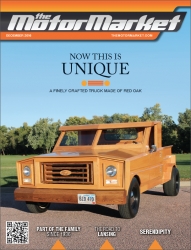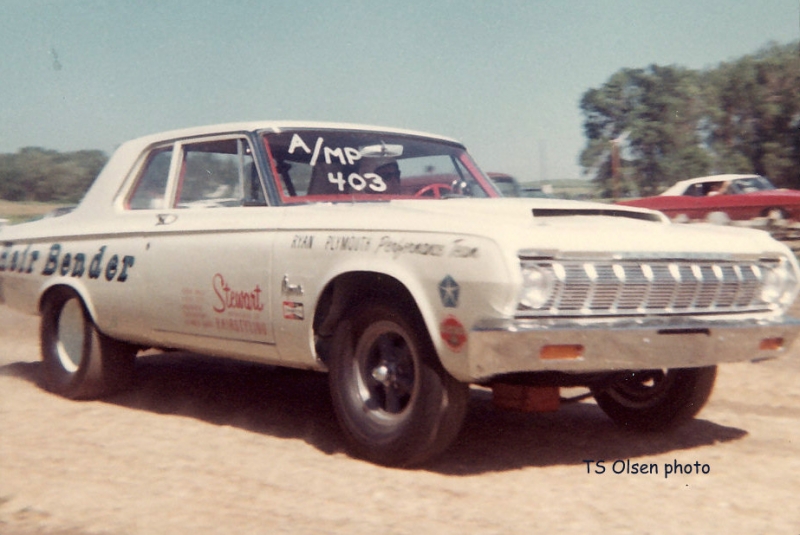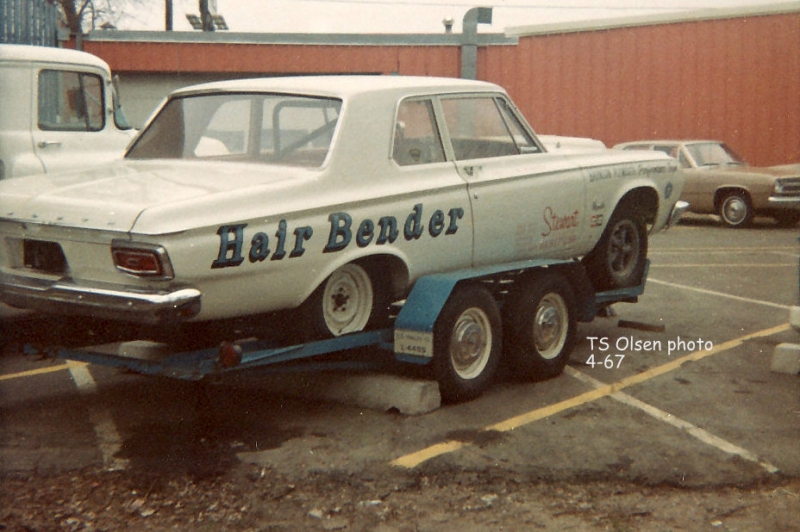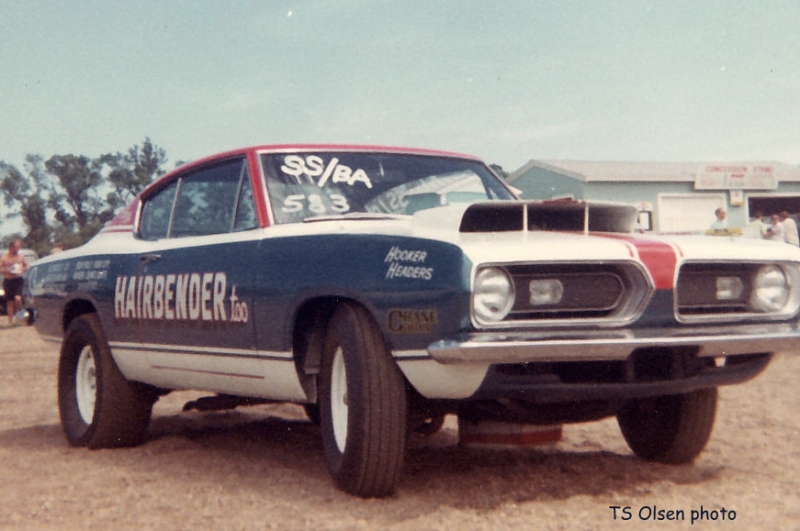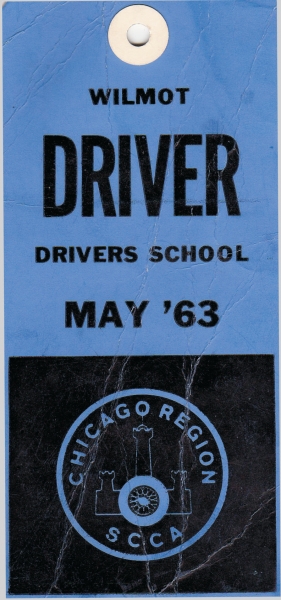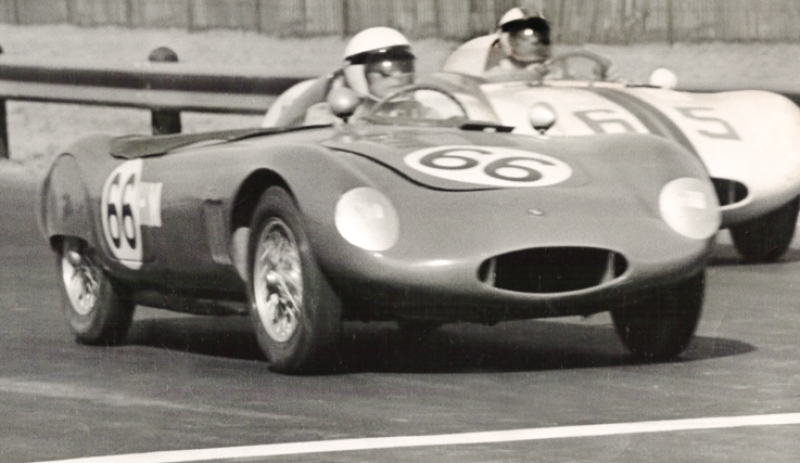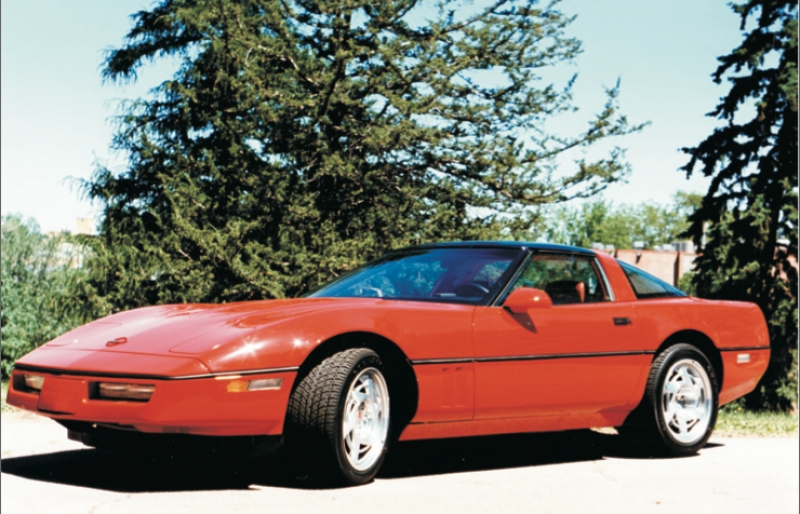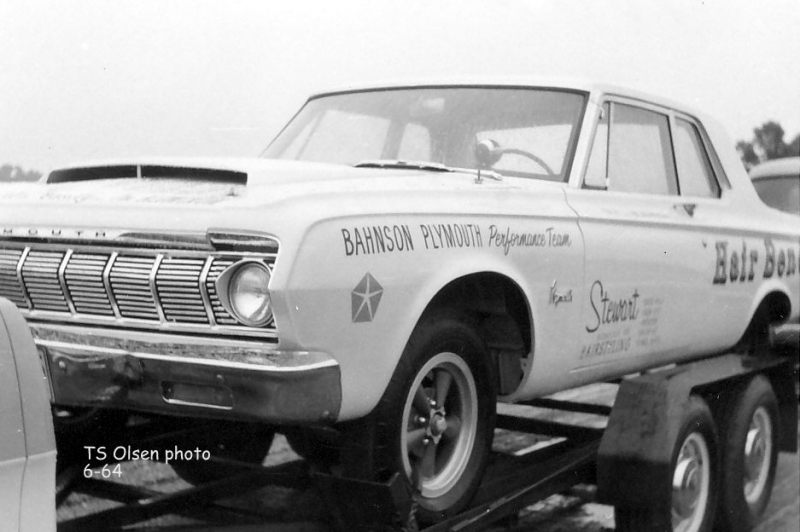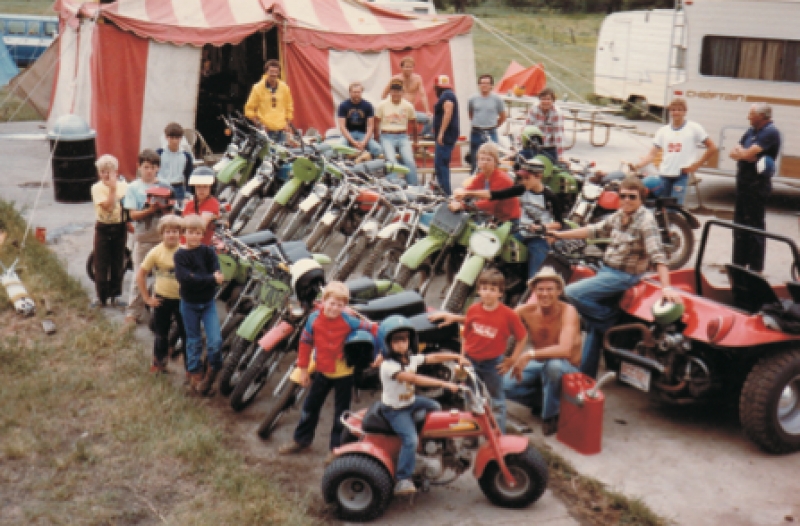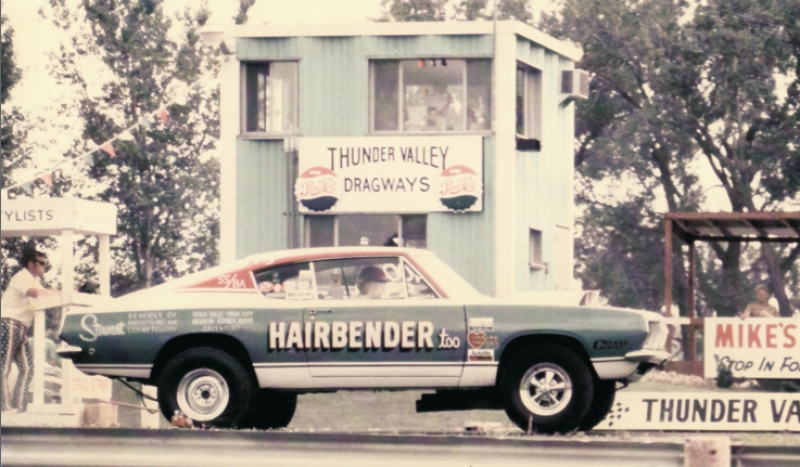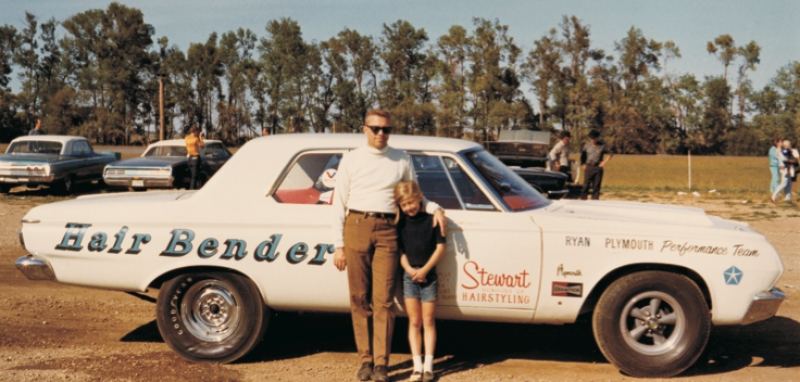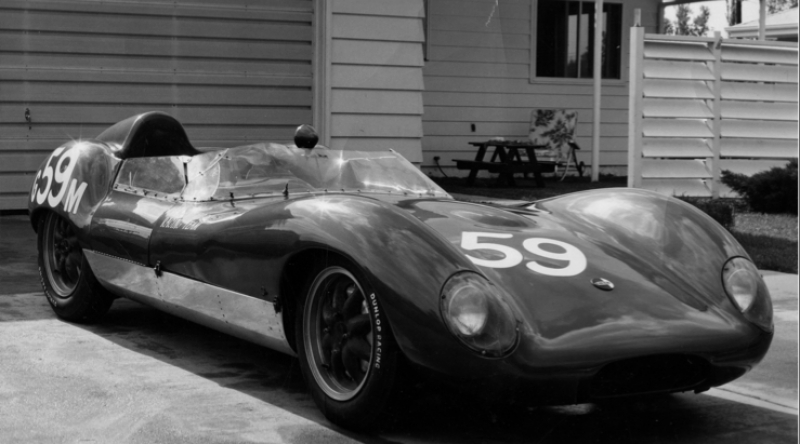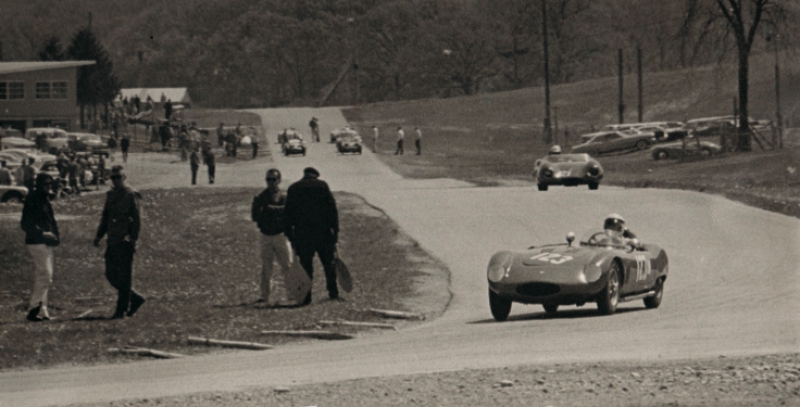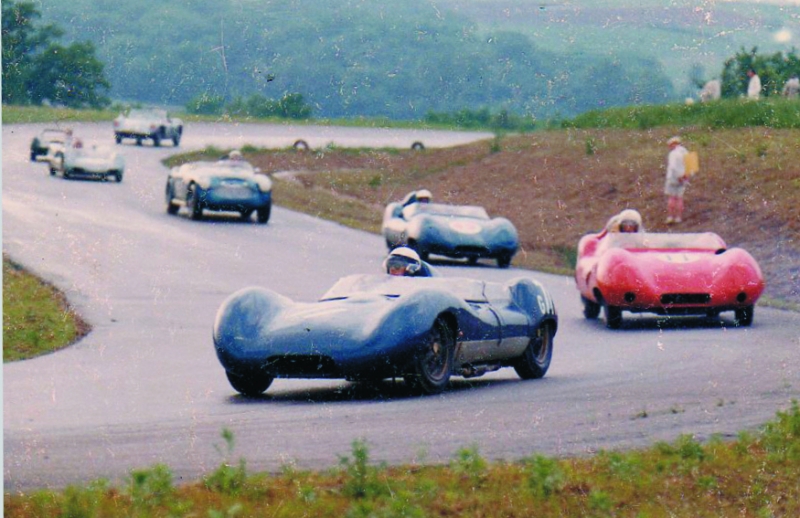More Issues
- August 2023
- July 2023
- June 2023
- May 2023
- April 2023
- March 2023
- February 2023
- January 2023
- December 2022
- November 2022
- October 2022
- September 2022
- August 2022
- July 2022
- June 2022
- May 2022
- April 2022
- March 2022
- February 2022
- January 2022
- December 2021
- November 2021
- October 2021
- September 2021
- August 2021
- July 2021
- June 2021
- May 2021
- April 2021
- March 2021
- February 2021
- January 2021
- December 2020
- November 2020
- October 2020
- September 2020
- August 2020
- July 2020
- May 2020
- April 2020
- March 2020
- February 2020
- January 2020
- December 2019
- November 2019
- October 2019
- September 2019
- August 2019
- July 2019
- June 2019
- May 2019
- April 2019
- March 2019
- February 2019
- January 2019
- December 2018
- November 2018
- October 2018
- September 2018
- August 2018
- July 2018
- June 2018
- May 2018
- April 2018
- March 2018
- February 2018
- January 2018
- August 2011
Hairbender
Web ExclusiveBorn before the big depression and raised on a farm between Aberdeen and Pierre with no electricity or plumbing, Gordon Stewart knew how to make sacrifices. Gordon Stewart, local entrepreneur, businessman and founder of the Stewart Hair empire made plenty of sacrifices on his way to phenomenal success. Gordon went to high school at Cresbard High School. His dad farmed on a modest acreage and Gordon had to help out on the family farm. As a result, he had an abbreviated school schedule starting in November and ending in March to accommodate the farm work schedule.
Gordon wanted a car for so long and managed to save up $400. At the same time, his dad presented an opportunity for him to purchase a quarter section of land if he paid the back taxes on the land. After a little persuasion from his dad, he decided to make the purchase. The first year he made $2,200 dollars on this nominal investment. Then Uncle Sam called and he went to the Army in 1946 (serving through 1948) and he sold the land to his brother Roger. After his stint in the Army, Stewart moved to Sioux Falls in the fall of 1948 to enroll in Sioux Falls College (now known as the University of Sioux Falls). Stewart spent two years going to class but has completed fifty years on the Board of Trustees. He received an honorary degree instead of a diploma.
The beginning of Stewart Hair In 1950, Gordon’s sister Betty was a student at Nettleton Business College and rooming with a cousin Belva, who worked in a beauty salon at 18th and Grange. On a Saturday night visit to the girl’s apartment, Belva mentioned she was going to lose her job because the shop owner said there was not enough work for both of them and besides she would like to sell the place. She was asking $1,100 for the business. Seeing an opportunity, Gordon went to the bank the following Monday and borrowed $1,000 on his car and scraped up the other $100 and bought his first beauty shop. When Gordon phoned home to tell his Dad, his dad would have preferred that information be delivered some way other than the party line phone, on which many neighbors typically listened to each other’s calls. “When I told my dad I purchased a beauty shop, he was less than pleased. Not many farm boys from Faulk County purchased beauty shops in those days,” remembers Stewart. After two years of school at SFC, Gordon enrolled at the South Dakota Beauty Academy where the ratio of forty girls to one boy was favorable. It took a little selling to get in because the owner said that boys in the school had just been a nuisance but she finally agreed Gordon could come on a trial basis. He went to beauty school on Phillips Avenue.
“I learned the entrepreneur mindset from my dad Albert. He worked 24 hours a day and by the time I came to Sioux Falls he owned 3000 acres. Dad worked longer and harder than anyone else I have ever known.”
Gordon’s dad bought a quarter section of land shortly after his marriage to Lillian and the couple had five children in the next six plus years heading into the “Great Depression.” The kids grew up without electricity or indoor plumbing. We were really poor but so were all of our neighbors. It was the norm for the times. Economics improved abruptly at the beginning of the forties. That initial quarter section grew to three thousand acres and a good set of buildings and machinery by the time Gordon graduated from Cresbard High School.
Gordon knew he couldn’t make a living out of one shop. “I wasn’t any smarter than anybody else but I knew that I could make money if people worked for me and I made just a little from each one of them.” That idea grew to 2000 hair dressers doing over 20 million dollars in business. Stewart set out to grow his new business and he was quickly up to five or six shops but he had a problem. The problem was not buying the salons, the problem was staffing them. At the time there was only one beauty school which he tried to buy back when he went to school there. Another lady purchased the school and she did not want her students to work at any of Gordon’s salons. Frustrated by this, Stewart started his own beauty school in 1956 and it took off right away. Starting with a modest 20 students, the business grew to six schools and a peak of 900 students. Over time Stewart Hairstyling Schools have trained over 20,000 students as licensed beauticians. Younger brothers David and Roger became partners during the first decade and worked together as equal partners. Over the years, they purchased other businesses that were more successful than the beauty business, namely a window balance manufacturing business, but he will always be known for his Stewart Schools and Beauty Salons. Their underlying business philosophy was based on teachings of devout Christian parents and grandparents. They believed the old admonition of treating others as you would be treated. The brothers learned early and the belief was reinforced numerous times that a good business and personal reputation were valuable assets.
There was enough success in business for the brothers to pursue some hobbies. Gordon felt a responsibility for “Wheel Sports.” The first “toe in the water” was a new 1962 Corvette convertible. “It was fast and I have the tickets to prove it,” says Stewart. The very first trip out onto the new I-29 segment south of Sioux Falls quickly revealed a flashing red light in the rear view mirror. A ’63 split window Vette was the first car to be drag raced and was driven by a local popular car buff named Dick Hansen. The next Vette he owned was a larger block ’64 Vette. Dick took care of the cars as if they were his own. He was Service Manager at Bahnson Plymouth on Cliff Avenue. “He read the magazines and knew the factory was going to produce a few limited production Hemi Light Weights. We agreed to try to get one of the fifty that were to be produced for the 1964 model year.” The factory’s goal was to dominate the super stock class. Their order made it in time. They were the proud owners of one of these fifty prizes vehicles. “We had a lot of fun running this car. However, for business reasons, Gordon could not drive or even work on the car if they wanted to deduct its’ expenses as a business advertising expense. The IRS’ position was if I touch it, it’s a hobby not a business expense. The car was appropriately named “Hairbender.”
Another batch of Light Weights was announced for the 1968 model year. Gordon was approved to purchase one of these. Dick took off work a little early one Friday and he and Gordon headed for Detroit to pick up the vehicle. After driving through the night, they arrived at the factory new car staging yard. They went to the little office building and explained their purpose. The lady behind the counter looked up some information and said, “You’re all set. You can pick up your car now.” Dick asked her how we would know which one is ours. She said, “It’s the only one out there without paint.” We spotted it right away, loaded it up and headed back to Sioux Falls. These cars had special details like thinner glass, aluminum or fiber glass body parts, no back seat, and etc. all for the purpose of making them lighter and faster. Dick raced the “Hairbender Too” very successfully and never blew an engine or caused other damage. This was a tribute to his meticulous care of the engine. After every race weekend, he would routinely take off the pan and check bearing and other items to ensure the vehicle would continue to perform without problems.
Gordon found another way to satisfy the urge to go fast and compete. Jim Adams (his attorney who got him started in the racing business), Cecil Schoeneman, and a couple of others had gone to drivers school and been licensed to compete in the Sport Car Club of America road racing. “I watched races over the years and always wondered if I could compete. I found out I could compete but was never going to be a world champion,” says Stewart. Adams was a friend of local businessman and racing enthusiast, Cecil Schoeneman. After a year or two, Jim and Cecil went to New York and purchased two of the five Italian made O.S.C.A. modified sport racing cars owned by wealthy sportsman, Briggs Cunningham. He had used the cars to race and win his class in the Sebring 24 Hour Enduro. After the victory, they would move on to something else for the next year. These were the best cars in class in the Land-O-Lakes region of the SCCA out of the Twin Cities. Jim and “Cec” along with Gene Haggar and Les Olson decided they were the “Crazy Horse Racing Team.” “We went to many of the same race events. Most of us would make long drives home after the race in order to be at work on Monday morning and to avoid the cost of a hotel room. Cec, his wife and son Al would stay overnight after the race and usually enjoy a good steak dinner. I would say we were a little envious,” admits Stewart with a smile. “After a long race we all were pretty tired driving home. I would have fallen asleep driving home if it wouldn’t have been for by “Pit Man” Bill Huntimer. Bill was a mechanic at Bob Jamison’s import car dealership. Bill made the whole trip tolerable.”
After a couple of years, Jim wanted to go faster. He found a modified sport British Lola which raced up a class. Gordon purchased his O.S.C.A. and went to drivers’ school near Chicago. After graduating from drivers school and racing in his first race, Gordon had a big black X taped on the back of his car to warn the other drivers of his inexperience. I really was not a race junkie. I read the magazines but I do not generally hang around nationally known racers.
Gordon’s first sanctioned race was at Greenwood racetrack in Indianola, IA (20 miles south of Des Moines). He won the race on the three mile track, narrowly defeating fellow competitor and friend Cecil Schoeneman. (cover photo) Our class was the first race of the Grand Opening of the course. The O.S.C.A.’s ran well. On the final lap Gordon was in first place. Cecil was a little more conservative in second place a few hundred yards behind. With the finish line in sight my engine suddenly began to lose power and finally coasted over the finish line a half a car length ahead of “Cec”.
Stewart’s love for going fast and competition was not limited to auto racing. We had a group of families that would get together and drive dirt bikes recreationally on 10,000 acres of land at Medicine Creek Ranch located 18 miles northeast of Kennebec. We would drive our RV’s and travel trailers up there and just hang out and have fun. There was a cement slab where we could park our travel trailers (some of us left them there year round). It was definitely family oriented. It was one of two things I learned teenagers would do with the “old man”-skiing and dirt biking. We had dirt bikes, three wheelers, and dune buggies. We had a few “unofficial” races. The godfather of the group was Dan Deublar. He was always helping everybody-women and children so they could enjoy the experience as much as the older more experienced people did.
Gordon and his wife Dee have three children-Randy (Sioux Falls), Michelle (Santa Barbara), and Kristi (Wall Lake). Randy did some racing and his son Parker did some auto crossing but when he learned how much the insurance was to participate in that sport he gave it up. Randy always had a keen interest in automobiles and he got me into a couple good vehicles because of his excitement for them. Randy owns the Valvoline quick change oil company. Every time I got a new car Dee would always “suggest” that she get an accessory for the house. She was so uninterested in vehicles, if I purchased a car that was the same color as another car I owned; she would not know it was a newer car. She tolerated me and my passion for automobiles.
The Golden Rule In business Stewart believed in the Golden Rule…treat people the way you want to be treated. This creates good will, from employees to vendors and customers. “We built a reputation of a good company. This reputation helped us grow the company,” according to Stewart. They never cheated in racing either. All of the racing team members were volunteers. “Bill Huntimer was my crew. He took care of the car and me. All I had to worry about was driving the car. Dick Hanson raced the first Hair Bender, one of the most famous local drag race cars in the region. Dick not only raced but he also took care of the car. His day job was service manager for the local Plymouth dealership.
“Cars are all about ego. That is why we buy them,” says Stewart. The car that gave me the most flattery was a 1983 white Mercedes Sedan with AMG modifications. It was a grey market car. The car was manufactured in Germany and it was flown over from Germany to Houston, TX, where Stewart picked it up.
These days Stewart has slowed down just a bit. “I have a home in Santa Barbara that I enjoy spending time in six months a year. I have been going there once a year for at least forty years. I drive out there. The route is 2050 miles and we make it in two days. If you call that slowing down, can you imagine how many hours it took to make that trip years ago? When it comes to driving, Stewart still has the pedal to the metal.
Recently, Gordon Stewart passed away at age 90. His love for all things motorized has surly inspired a new generation to follow his passion on the drag-ways.
